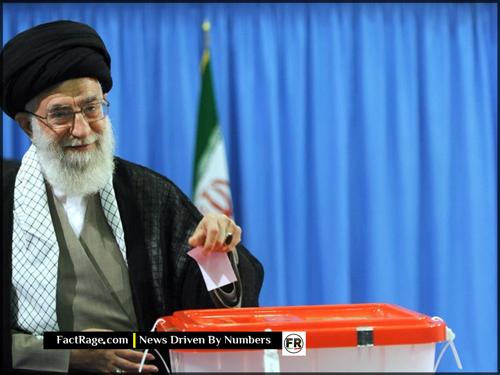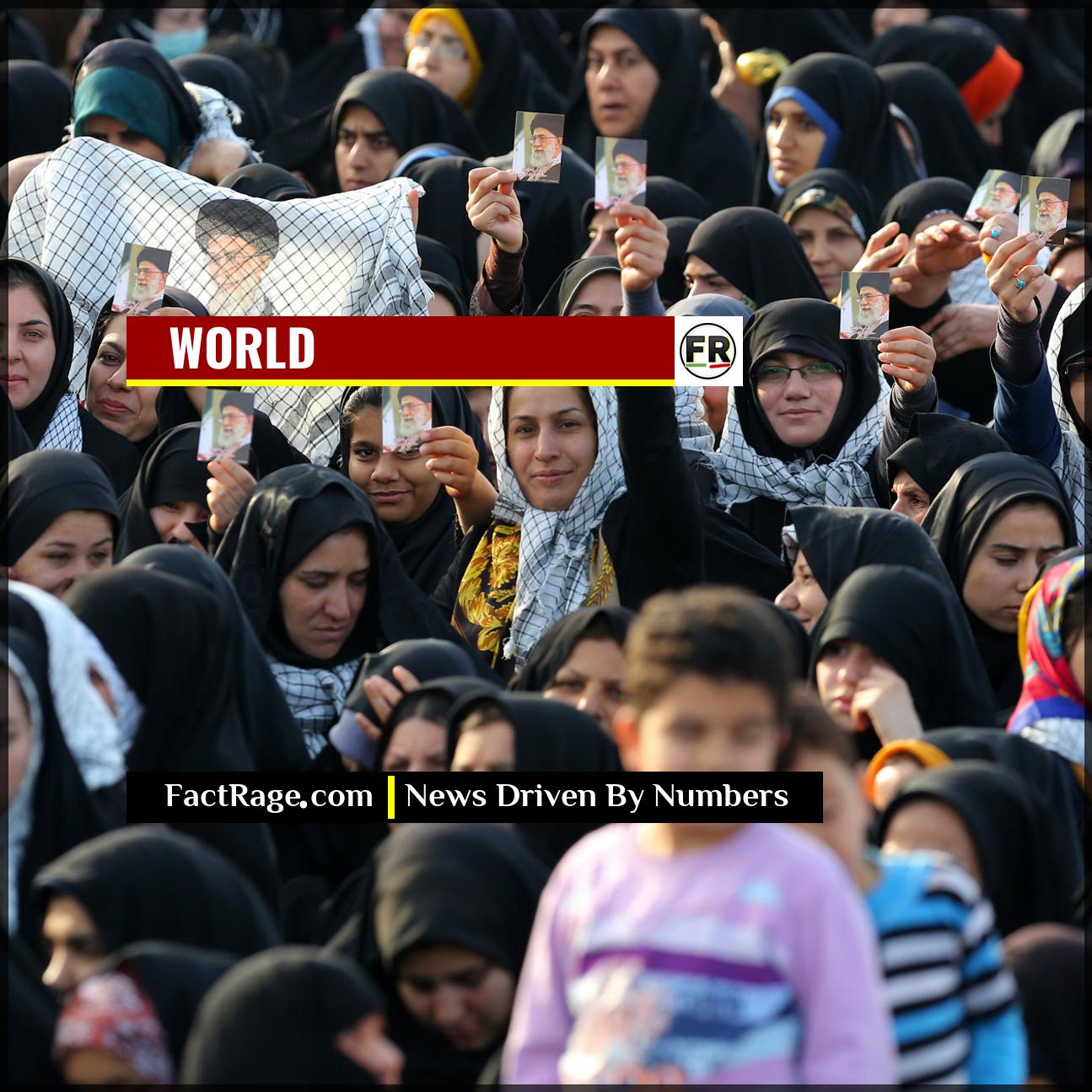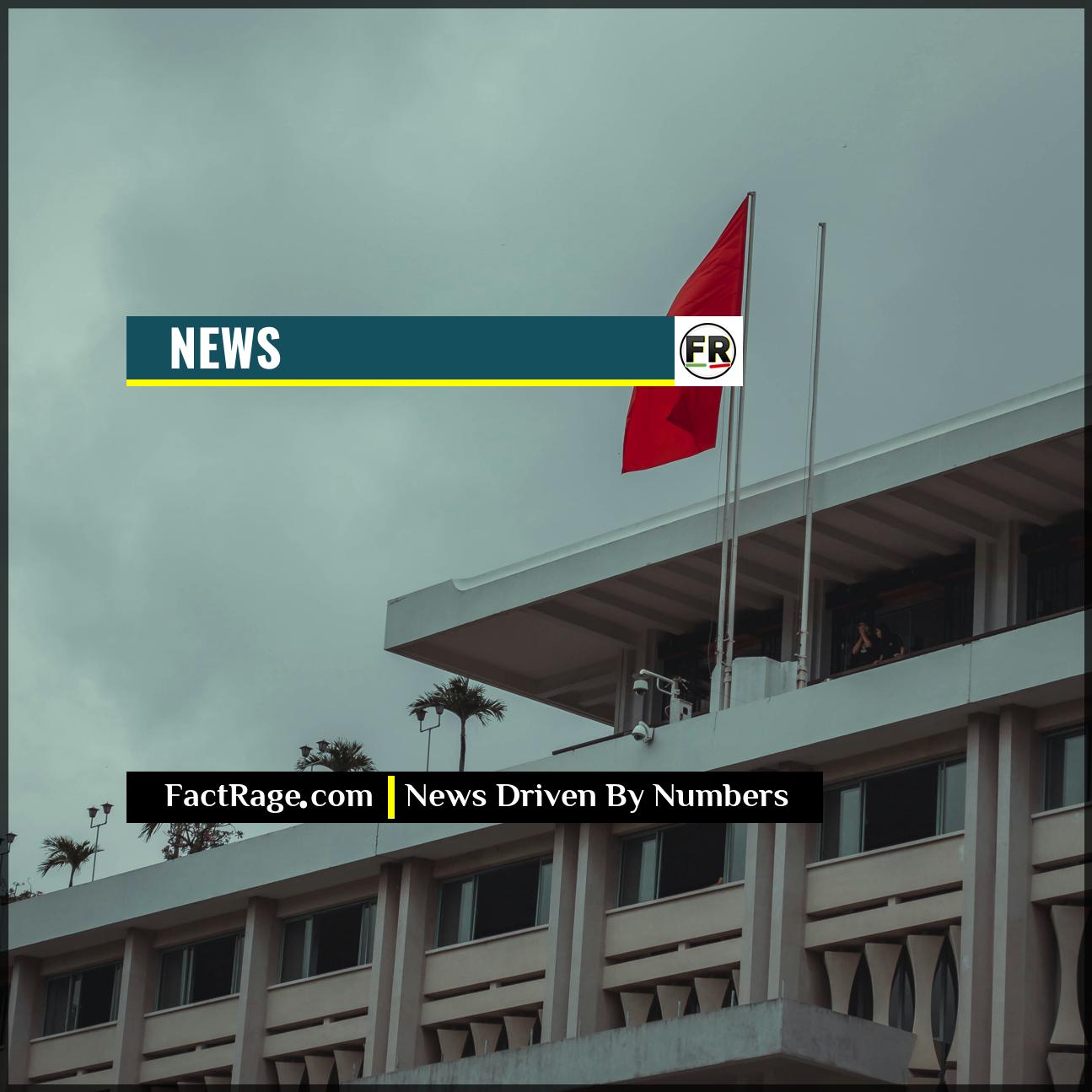TEHRAN, IRAN – Iran’s Supreme Leader Ali Khamenei delivered a major policy address on Saturday, outlining a more stringent set of conditions for any future nuclear negotiations and signaling a potential hardening of Tehran’s diplomatic posture.
- New Conditions on Sanctions – The address stipulated that any revival of a nuclear accord must include the immediate, complete, and verifiable lifting of all U.S. sanctions before Iran takes steps to curb its nuclear activities.
- Regional Influence is Non-Negotiable – Khamenei reiterated that Iran’s missile program and its influence across the Middle East are matters of national security and are not open for discussion in any nuclear-related talks.
- Domestic and International Signaling – The speech was calibrated to project strength to a domestic audience facing economic hardship while also setting a firm, less flexible starting point for international negotiators.
The carefully worded speech, broadcast on state television, moves beyond familiar rhetoric, establishing new “red lines” that directly impact the feasibility of reviving a deal similar to the 2015 Joint Comprehensive Plan of Action (JCPOA). Understanding the specifics of this new stance is critical to assessing the future of diplomacy with Iran.
From Rhetoric to Red Lines
![]() In high-stakes international diplomacy, speeches are carefully constructed instruments of policy. To understand what’s next for the Iran nuclear deal, it’s not enough to hear the rhetoric; one must analyze the specific demands and procedural shifts being proposed. The Supreme Leader’s latest address isn’t just a restatement of old positions—it fundamentally reorders the sequence of negotiations, creating new challenges for Western diplomats. This analysis moves beyond the headlines to explain the mechanics of this new diplomatic landscape and what it means for the calculus of power in the Middle East.
In high-stakes international diplomacy, speeches are carefully constructed instruments of policy. To understand what’s next for the Iran nuclear deal, it’s not enough to hear the rhetoric; one must analyze the specific demands and procedural shifts being proposed. The Supreme Leader’s latest address isn’t just a restatement of old positions—it fundamentally reorders the sequence of negotiations, creating new challenges for Western diplomats. This analysis moves beyond the headlines to explain the mechanics of this new diplomatic landscape and what it means for the calculus of power in the Middle East.
What Specific ‘Red Lines’ Did Khamenei Announce?

The core of the Supreme Leader’s address centered on the sequencing of a potential deal. Previously, the framework of the JCPOA was built on simultaneous, phased steps from both sides. Khamenei’s latest remarks reject this model, insisting on a “sanctions-first” approach. According to his statement, the United States and its European partners must first lift all sanctions imposed after the U.S. withdrawal from the deal in 2018. Only after Iran can independently verify the economic relief—a process that could take months—would it consider rolling back its advancements in uranium enrichment.
This represents a significant procedural hurdle. How would such verification work in practice? Western powers have historically been reluctant to provide economic benefits upfront without concrete, simultaneous actions from Tehran, citing risks of non-compliance.
Furthermore, Khamenei drew a hard line separating the nuclear file from other points of contention. He explicitly stated that Iran’s defensive capabilities, including its ballistic missile program, and its network of allies and proxies in countries like Iraq, Syria, Lebanon, and Yemen, are “not up for bargaining.” This directly counters calls from the U.S. and regional rivals like Israel and Saudi Arabia to address Iran’s broader military and political influence as part of a more comprehensive security agreement.
How Does This Impact the Future of Nuclear Talks?
These new conditions place Western diplomats in a difficult position. Agreeing to lift sanctions first without reciprocal action from Iran would be a major political risk for leaders in the U.S. and Europe. It would open them to domestic criticism of being too lenient and could be seen as rewarding Iran for its nuclear escalation since 2018. According to the International Atomic Energy Agency (IAEA), Iran has significantly increased its stockpile of highly enriched uranium, shortening its potential “breakout time” to produce a nuclear weapon, a capability Iran has always publicly stated it does not seek.
The address effectively serves as a new, more rigid negotiating mandate for Iranian diplomats. It reduces their flexibility at the bargaining table and may be intended to force the P5+1 (the five permanent members of the UN Security Council plus Germany) to present a new, more favorable offer. The immediate effect will likely be a period of diplomatic recalibration, as Western capitals analyze whether this is an opening bid in a new round of talks or a definitive policy meant to stall the process indefinitely.
Why Now? The Geopolitical and Domestic Context
The timing of the address is not accidental. It comes amid persistent domestic economic pressure in Iran, where inflation and unemployment remain high despite sanctions-resistance strategies. By projecting an image of uncompromising strength, the leadership aims to reassure its political base and rally nationalist sentiment. The message is clear: economic hardship will not force Iran to capitulate on what it defines as its sovereign rights.
Externally, the speech is a response to a shifting Middle East. With ongoing, albeit quiet, normalization talks between Israel and some Gulf Arab states, Iran is reasserting its position as a regional power that will not be isolated. By delinking the nuclear issue from its regional activities, Tehran seeks to legitimize its role in the region while potentially negotiating on a separate track for economic relief. This complex maneuver challenges the U.S. and its allies to either engage with Iran on its new terms or risk continued nuclear advancement and regional instability.
The New Diplomatic Calculus
![]() Ultimately, Supreme Leader Khamenei’s address is less about closing the door on diplomacy and more about redesigning the doorway itself. By dictating the sequence of concessions—demanding verifiable sanctions relief before any nuclear rollback—Tehran is attempting to fundamentally alter the power dynamics that have governed these negotiations for years. The response from Washington and its allies will therefore be more than a reaction to a speech; it will be a crucial move in a newly defined strategic game, determining whether a path to an agreement, on anyone’s terms, still exists.
Ultimately, Supreme Leader Khamenei’s address is less about closing the door on diplomacy and more about redesigning the doorway itself. By dictating the sequence of concessions—demanding verifiable sanctions relief before any nuclear rollback—Tehran is attempting to fundamentally alter the power dynamics that have governed these negotiations for years. The response from Washington and its allies will therefore be more than a reaction to a speech; it will be a crucial move in a newly defined strategic game, determining whether a path to an agreement, on anyone’s terms, still exists.














